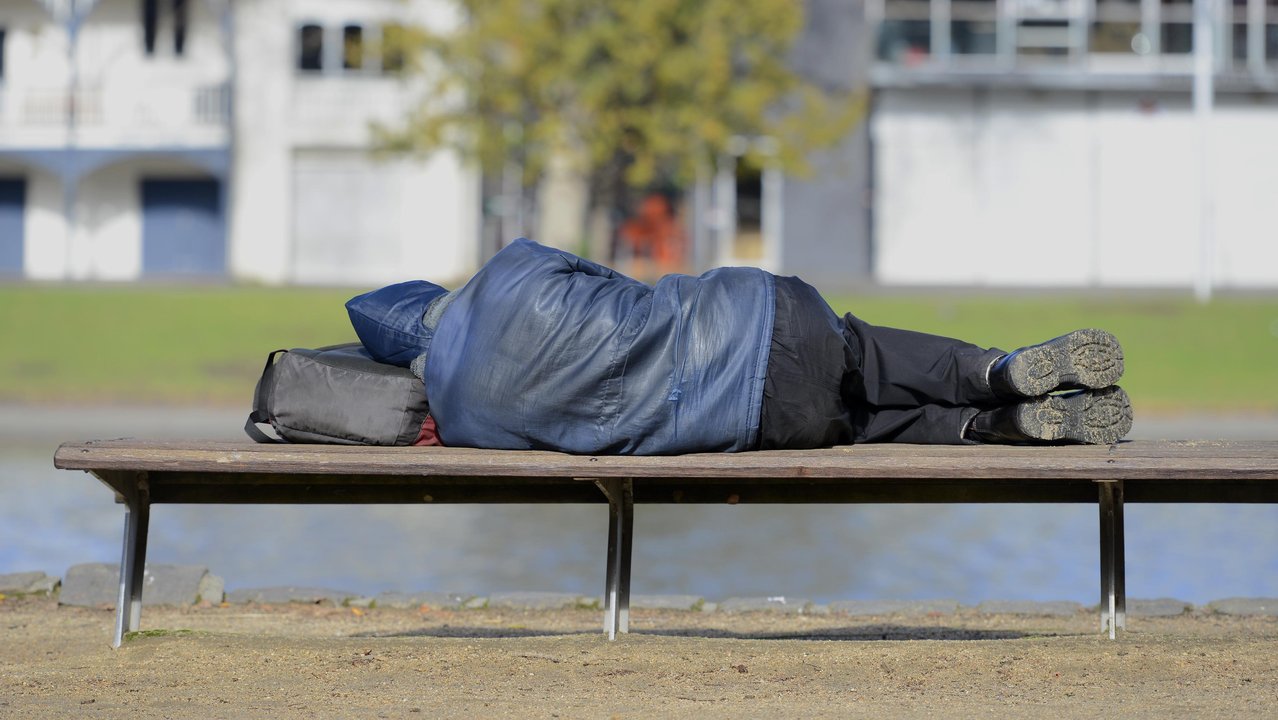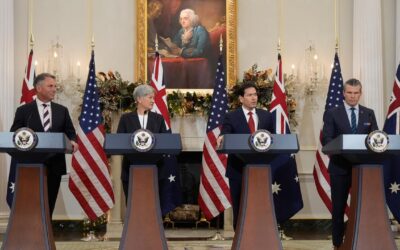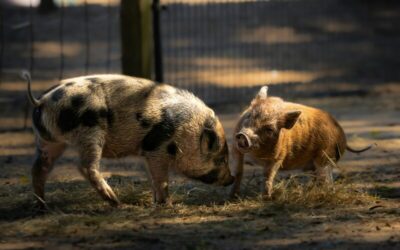Mike Sadler remembers better times for his family.
It was during the COVID-19 pandemic, when JobSeeker payments were temporarily doubled by the federal government.
“You still had to be frugal, but you didn’t dread having to spend almost all day, every second day, finding food you could afford,” he says.
Mr Sadler, his wife Liz and their children Atticus and Rose are among the one in seven Australians now living in poverty, according to a new report by the Australian Council of Social Services and the University of NSW.
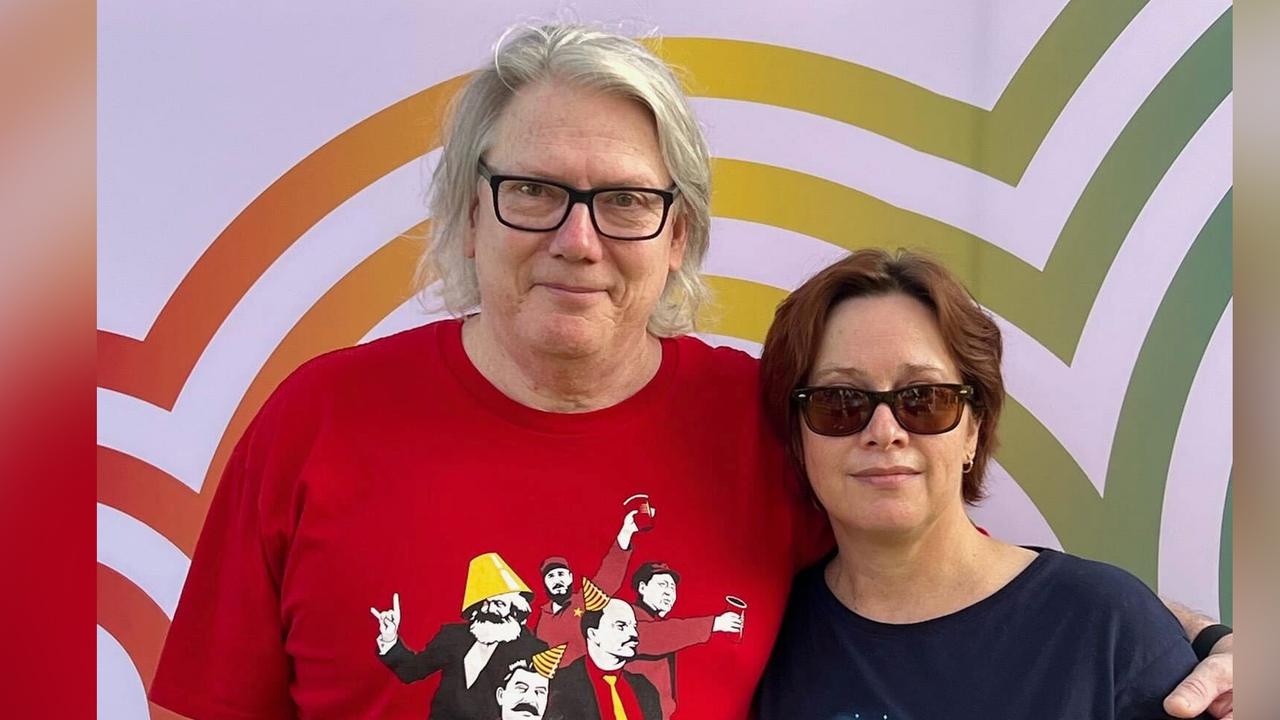
The report, released for the start of Anti-Poverty week, found 3.7 million people, or 14.2 per cent of the population, were living in poverty in the years 2022-23. That includes 757,000, or one in six, children.
Mr Sadler, from the NSW Riverina town of Wagga Wagga, lives on a carer’s pension for his autistic son Atticus, 16. Liz is on Austudy while retraining to become a schoolteacher.
Mr Sadler said poverty was socially isolating.
“You basically end up living in a social vacuum. You can’t go out to parties or restaurants; you don’t get to hang out and chat with a potential employer.”
He said his children were used to “not having the latest and greatest of everything”.
“Because I’m originally from the IT world, at least they’ve got computers that are made up of bits and pieces.”
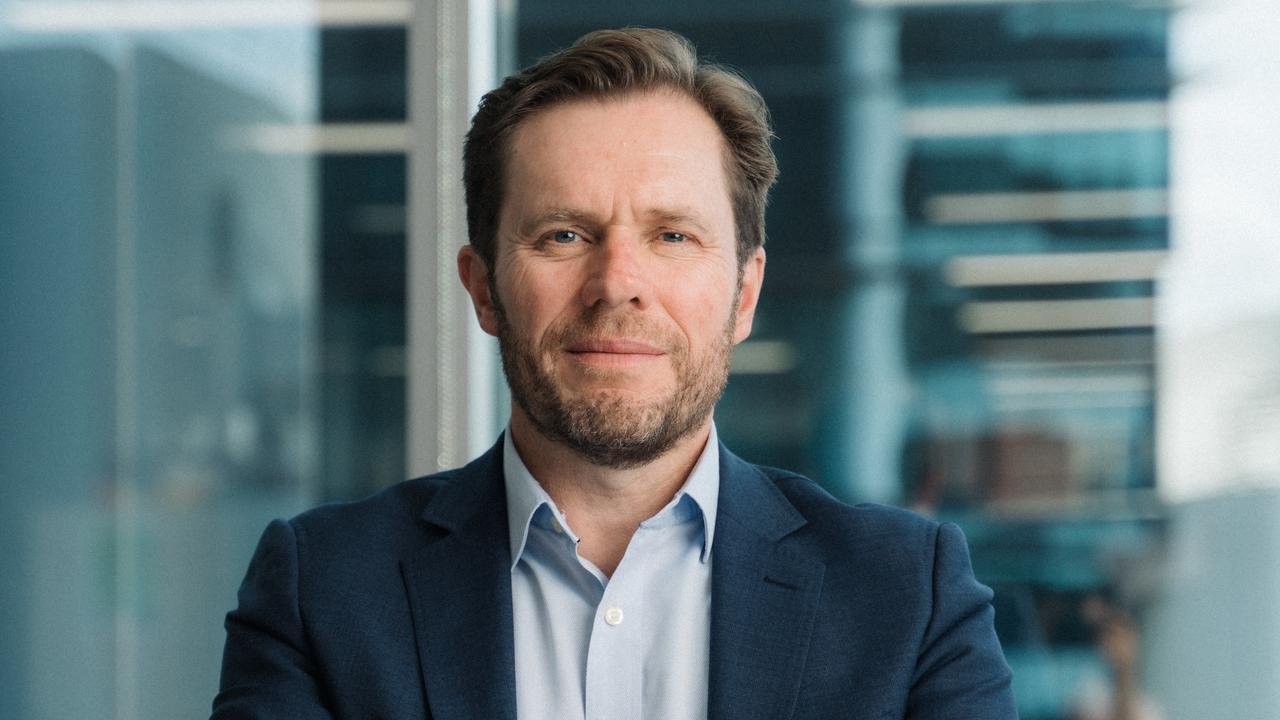
Doug Taylor, CEO of The Smith Family, said families living in poverty often struggled to provide school essentials for their children, such as laptops, uniforms, backpacks and lunches.
“It’s a heavy burden for those parents to carry because they want the best for their children,” he said.
Steep rent rises have also disproportionately affected Australia’s most vulnerable.
Across 2021-23, the median advertised rent for units rose 40 per cent in Sydney, 34 per cent in Melbourne and 41 per cent in Brisbane.
The rises are not confined to capital cities. Mr Sadler said his family had moved seven times in the past eight years while living in Wagga Wagga.
On one occasion, his family had been evicted without grounds, only for their former home to subsequently be advertised at a higher rent.
But in a small town, he said, they had little choice but to shut up.
“You have to be very careful. If you complain about the wrong real estate agent, you might struggle to find another,” he said.
“No-grounds” evictions were outlawed in NSW in May 2025.
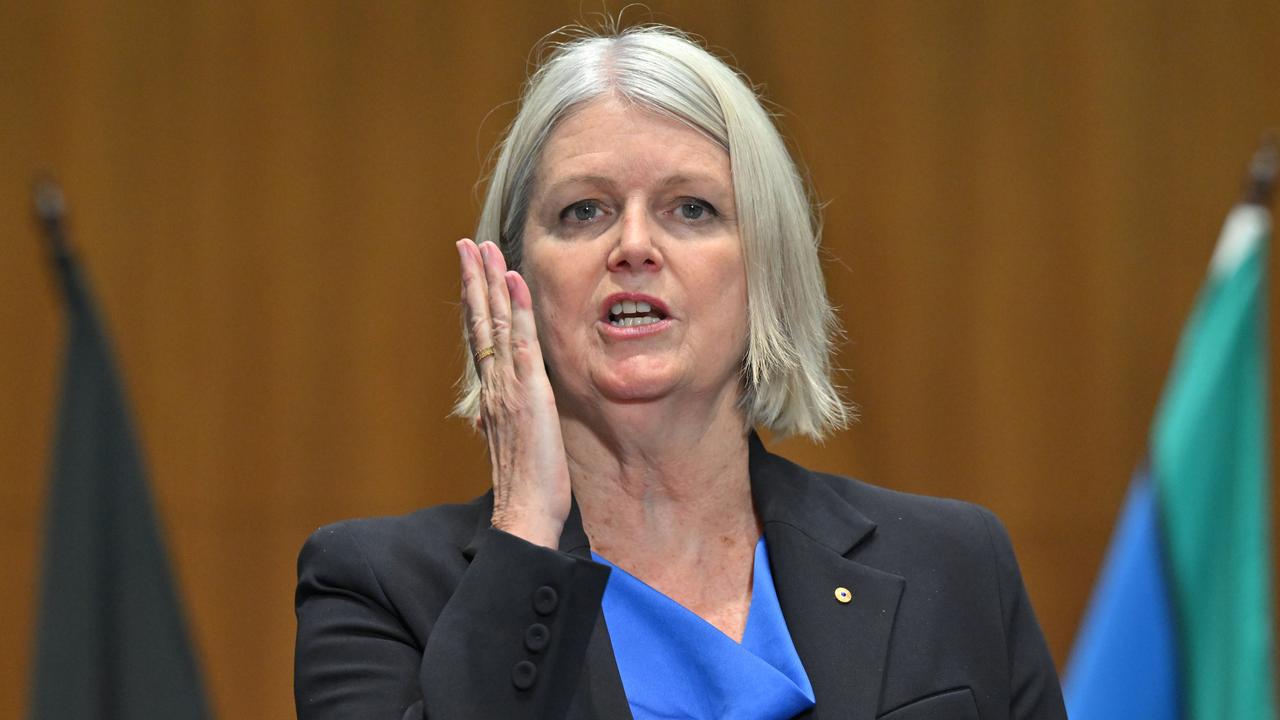
ACOSS chief executive Cassandra Goldie said the federal government needed to take urgent action to ameliorate poverty.
“The government must fix woefully inadequate income support payments, set targets and boost social housing and commit to full employment,” she said.
“It should also adopt time-linked targets for poverty reduction to hold us all to account.”
The report was based on data provided by the Household, Income and Labour Dynamics in Australia survey, funded by the Department of Social Services.
The longitudinal study of Australian households publishes its findings each year.
It defined the poverty line – based on 50 per cent of median household after-tax income – as $584 a week for a single adult and $1226 a week for a couple with two children.
People in households below the poverty line had household incomes averaging $390 per week below the line, while families with children in poverty were on average $464 below the poverty line.
Australian Associated Press is the beating heart of Australian news. AAP is Australia’s only independent national newswire and has been delivering accurate, reliable and fast news content to the media industry, government and corporate sector for 85 years. We keep Australia informed.
